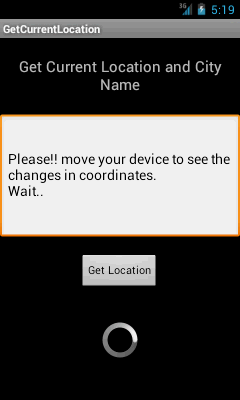Making Beautiful Android App Icons | Android Developers Blog
[pullquote align="normal"]
[/pullquote]
Making Beautiful Android App Icons | Android Developers Blog

For most users, the launcher icon (sometimes referred to as the app icon) is the first impression of your app. As higher density screens on both phones and tablets gain popularity, it's important to make sure your launcher icon is crisp and high quality. To do this, make sure you’re including XHDPI (320dpi) and XXHDPI (480dpi) versions of the icon in your app.
In addition to the current launcher icon guidelines, please also refer to these additional important guidelines when creating your icons:
19 July 2013
Making Beautiful Android App Icons
For most users, the launcher icon (sometimes referred to as the app icon) is the first impression of your app. As higher density screens on both phones and tablets gain popularity, it's important to make sure your launcher icon is crisp and high quality. To do this, make sure you’re including XHDPI (320dpi) and XXHDPI (480dpi) versions of the icon in your app.
In addition to the current launcher icon guidelines, please also refer to these additional important guidelines when creating your icons:
- Launcher icons are 48dp square and should be provided for MDPI, HDPI, XHDPI, and XXHDPI densities—at the very least XHDPI and XXHDPI.
- The 512px Google Play listing icon should have the same content as the launcher icon, except for minor additional badging.
- Launcher icons should be designed specifically for Android. As per the Pure Android design guidelines, avoid mimicking visual elements and styles from other platforms.
- Launcher icons should be three-dimensional, front view, with a slight perspective as if viewed from above, so that users perceive some depth.

- Launcher icons should have a distinct silhouette, meaning that you should avoid simple square/circle icons and instead opt for unique shapes.
- Launcher icons should be simple at the macro level but still detailed at the micro level (e.g. include subtle edge effects, gradients and textures).
- Launcher icons should employ lightweight background protection such as a subtle drop shadow, but it should not be too dark or visually prominent.
- Launcher icons should include between 0dp and 3dp of padding. Vary the padding for optical alignment and weight normalization purposes (e.g. thinner icons can use smaller padding and thicker icons can use less padding for a more consistent icon mass across icons).

Comments
Post a Comment
Welcome To Android